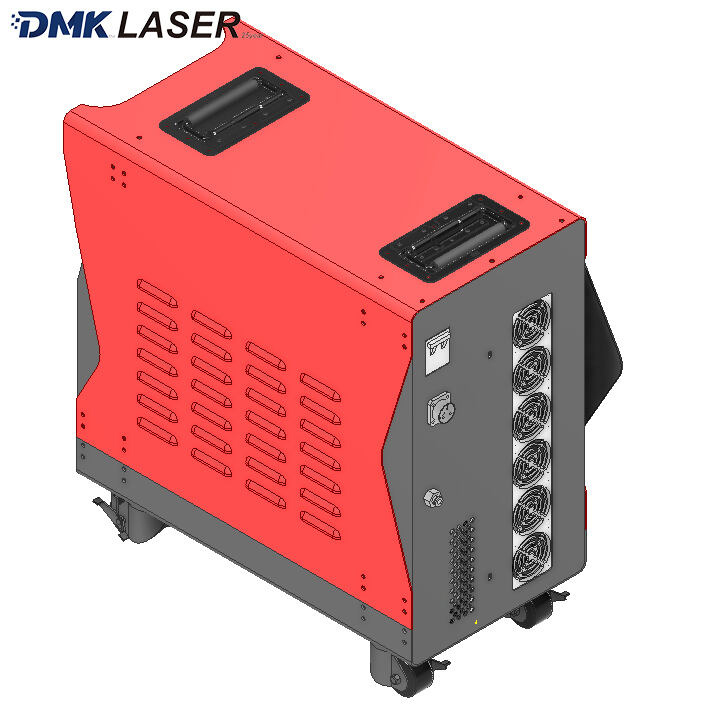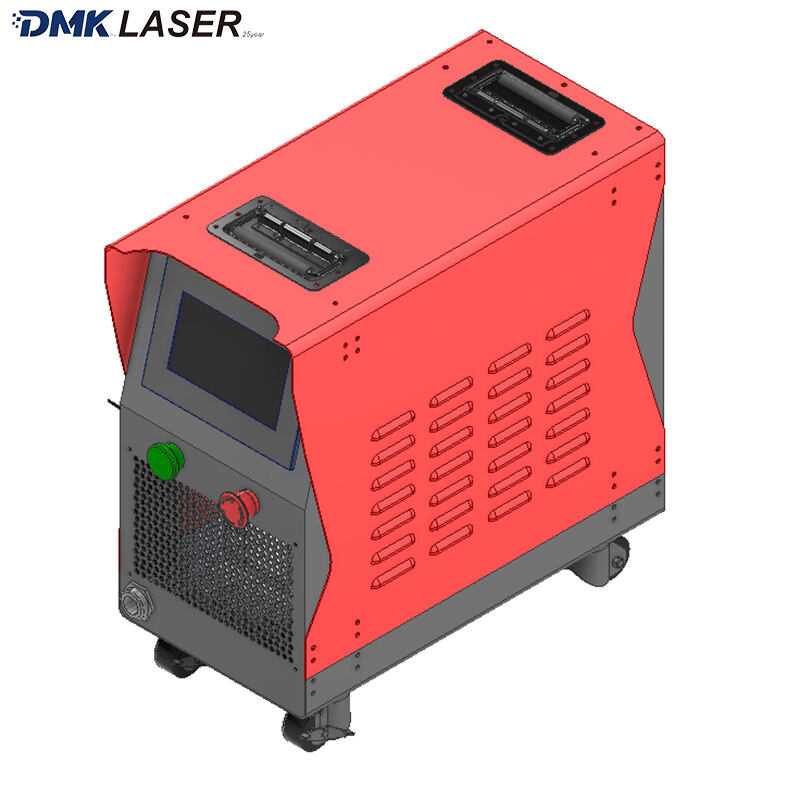Laser spot welding is a neat process to join things together. It melts the materials together, using a special kind of light to make materials stick. This process is über-important for creating products such as cars, airplanes, electronics and medical devices. And now for a bit more about how laser spot welding operates, and what makes it so cool!
The melting of the material to be bonded together is performed by means of a laser beam, which allows for strong connections with a very low heat-affected zone. This reduces the amount of distortion and warping of the materials being welded, and provides a superior overall finish. Additionally, the use of a laser in spot welding provides increased capability to control the welding process, which in turn may produce more uniform and predictable welded results.
In the aerospace sector, aluminium and titanium are processed with this type of laser spot welding method. That’s important for building planes and rockets that are strong and durable while still being lightweight for better fuel economy. In addition, laser spot welding technique is also employed for the fabrication of complicated parts/structures which are indispensable for aerospace engineering.
The development of laser spot welding has dramatically increased manufacturing efficiency, as it time and labor to connect materials have been effectively shortened. A laser beam can be used to melt the materials, allowing manufacturers to form strong bonds rapidly and cost effectively. This in turn means more is produced in a shorter space of time, therefore, an increased level of productivity and cost-effectiveness.

Automation within the production process is also facilitated when using laser spot welding, which enhances efficiency. Automated laser welding systems can operate 24/7 with little human intervention to help expedite production and minimize the chance of errors. It is important for example on branches where precision and homogeneity are a pre-requisite in order to achieve high-class quality products.

Laser spot welding is gaining popularity in the electronics and medical device industry due to its accuracy and consistency. Laser spot welding is used in the electronics manufacturing field to weld small components such as thin wires, leads or leads to terminals, as well as to complex hybrid circuits without physical damage to the components. This insures that the end product functions properly and lasts a long time.

Laser spot welding also is widely used to join such medical devices as stainless steel and titanium implants as well as surgical implements. The clean, neat and secure welds produced by laser spot welding is critical for medical devices to be safe and effective. The technology is also applied to create smaller and more complex devices that have the capacity to improve patient outcomes and quality of life.